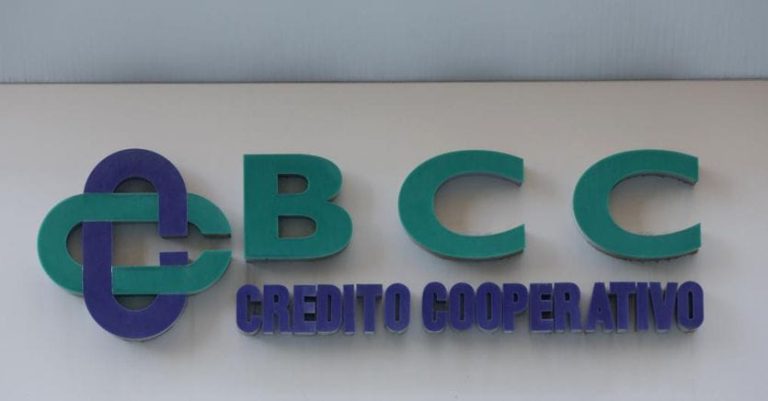Having definitively descended from the pandemic and post-pandemic roller coaster, the accounts of Italian foundries confirm substantial stability, which is accompanied by the long wave of destocking of warehouses not yet exhausted after the strong rebound in 2021. All in all, this is proof of an important force in the context of macroeconomic deterioration in recent months, and following a true “golden two-year period” (that relating to 2021 and 2022), which has allowed the balance sheets of Italian foundries to reach record levels of profitability. However, the sector is coming off two consecutive quarters of contraction (the second and third of 2023) and in these first weeks of 2024 there are still no clear signs of a market restart on the horizon.
«At the moment – he explains Fabio Zanardi, president of Assofond, the association that brings together the main companies in the sector – we still have no sign of a recovery, and we believe that we will probably have to wait until the second half of the year to see any signs. Moreover, the slowdown of the last year was at least partly due to the considerable inventories that many customers had accumulated last year; inventories which, given the decline in final demand, have not yet been completely disposed of. We hope that starting from the second half of the year – concludes the entrepreneur – we can see a restart in demand, even if it is very early to make predictions”.
In recent years, in particular in the two-year period 2021-2022, the sector has made hay on the farm, giving new shine to budgets that had been put to the test in previous years both on the demand and profitability side, in a context of tightening of cost factors, of energy raw materials in particular. The analysis of the latest financial statements filed, relating to 2022, highlights for the sector, which includes steel, cast iron and non-ferrous metal foundries, an aggregate figure for sector revenues growing by 24.7% compared to the previous year : a performance that follows that of the previous financial year (+29% on 2020), a moment of maximum market demand, and well above the values observed in the other immediately preceding years, characterized by a decline in both in 2019 (-3.9% on 2018) and in 2020 (-15.6% on 2019). There is no shortage of nuances in value between the sectors: the cast iron foundries saw their turnover increase by 30.2%, while the zinc foundries stopped at +11.6%. The general profitability index, Roe (Return on equity) went from 0.9% in 2021 to 8.2% in the last year of analysis. The leap in 2022 is also notable in relation to the profitability dynamics of the last six years: the value of the last year is above all other financial years, after two years of rapid decline, between 2019 and 2020 and a 2021 Roe slightly above the previous year’s value, an absolute historic low.
«The latest results – underlines Fabio Zanardi – tell us that companies in the sector have demonstrated an uncommon reaction capacity, which has allowed them to put the ship back on the right course after difficult years. On the other hand, the exploit was, at least in part, due to completely exceptional circumstances, and in particular to a demand that remained strong throughout the year despite the continuous increases that we had to apply to sales prices of products to avoid producing at a loss due to the increase in energy costs, auxiliary materials and subcontracting services. Today, on the other hand, we find ourselves in a situation of market slowdown and contextual normalization of sales prices which, for all companies in the sector, are now anchored to indexation mechanisms to the costs of raw materials and energy. The latter, although in decline compared to 2022, remain decidedly higher than those of the pre-crisis period and the absence of mitigation measures such as tax credits, which are no longer renewed after the first half of this year, negatively impacts margins ». In fact, already in 2022, as Assofond’s analysis indicates, the increased impact of the costs of external production factors – such as third-party assets and other management costs, including energy utilities – has negatively affected the marginality of the value added, which fell by 5.6% compared to the previous year precisely due to the increasingly marked overall economic impact of exogenous production factors.






+ There are no comments
Add yours